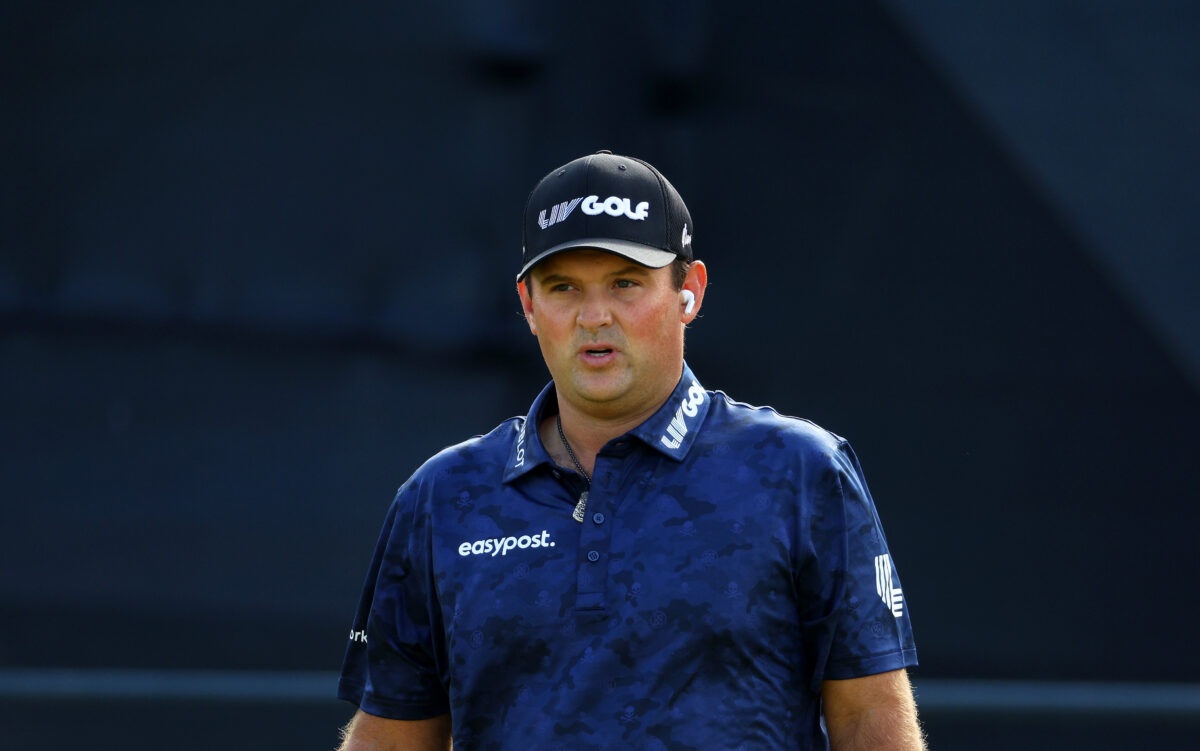Most [autotag]Ohio State[/autotag] fans know that [autotag]Northwestern[/autotag] has released plans for a complete remodel of Ryan Field. There has yet to be an agreement, mostly due to a holdup between Evanston residents and the university.
The Wall Street Journal took a look into the issues between the two parties and that somehow resulted in one local business owner dragging Ohio State fans through the mud. The WSJ asked some residents exactly what they were concerned about and Buckeye fans came to mind.
Steve Starkman, co-owner of the famed “Mustard’s Last Stand” hotdog shop specifically, isn’t a fan of the Buckeye faithful apparently. “Ohio State fans are the only problem. They have a monster following, and they think the world is their bathroom,” Starkman told the Wall Street Journal.
Starkman said the exaggerations of opposing fans urinating on lawns and bushes only happen after games in which the Wildcats host Ohio State fans, and he went on to praise the behavior of other Big Ten schools’ fans.
A battle is brewing in Evanston over the Ryan Field renovation. Some of the complaints are, um, quite specific.https://t.co/6Xmw2JHnW5 via @WSJ pic.twitter.com/jWsp62iCMw
— Laine Higgins (@lainehiggins17) March 29, 2023
Personally, living in the Chicago suburbs, anytime the Buckeyes come close, I go to the game. Not once this year or any year previously visiting Ryan Field, did I see any of this behavior.
What I did see was a boom in business, the stadium actually selling out and generating revenue for their city and football program. Sorry, Evanston residents, you just can’t see the benefit of having a Division 1 football program in your backyard and your worry about noise on a Saturday afternoon is absurd.
Also, seeing how the Buckeyes are in the East Division and Northwestern in the West Division, OSU has only traveled to Evanston a handful of times since the divisions were formed. It seems a bit like sour grapes blaming all of this discontent between Evanston and Northwestern on bad behavior for a team that’s made just three trips to Ryan Field since 2013.
For what it’s worth, according to the story, Ohio State declined to comment on the accusations but it’s hard to imagine that mixing opposing fans, beer, and an American football game would resut in only Buckeye fans being the outlier here. We’ve all been to our fair share of sporting events and all fanbases have their unruly members that make others look bad.
But yeah, nice try.
[lawrence-auto-related count=5]
[mm-video type=video id=01gtg0tf439zc9gcdqqn playlist_id=none player_id=01eqbvp13nn1gy6hd4 image=https://images2.minutemediacdn.com/image/upload/video/thumbnail/mmplus/01gtg0tf439zc9gcdqqn/01gtg0tf439zc9gcdqqn-6ff0e1ec37f7bf5cfeccde53bd6a02d2.jpg]
Contact/Follow us @BuckeyesWire on Twitter, and like our page on Facebook to follow ongoing coverage of Ohio State news, notes, and opinion. Follow Michael Chen on Twitter.



